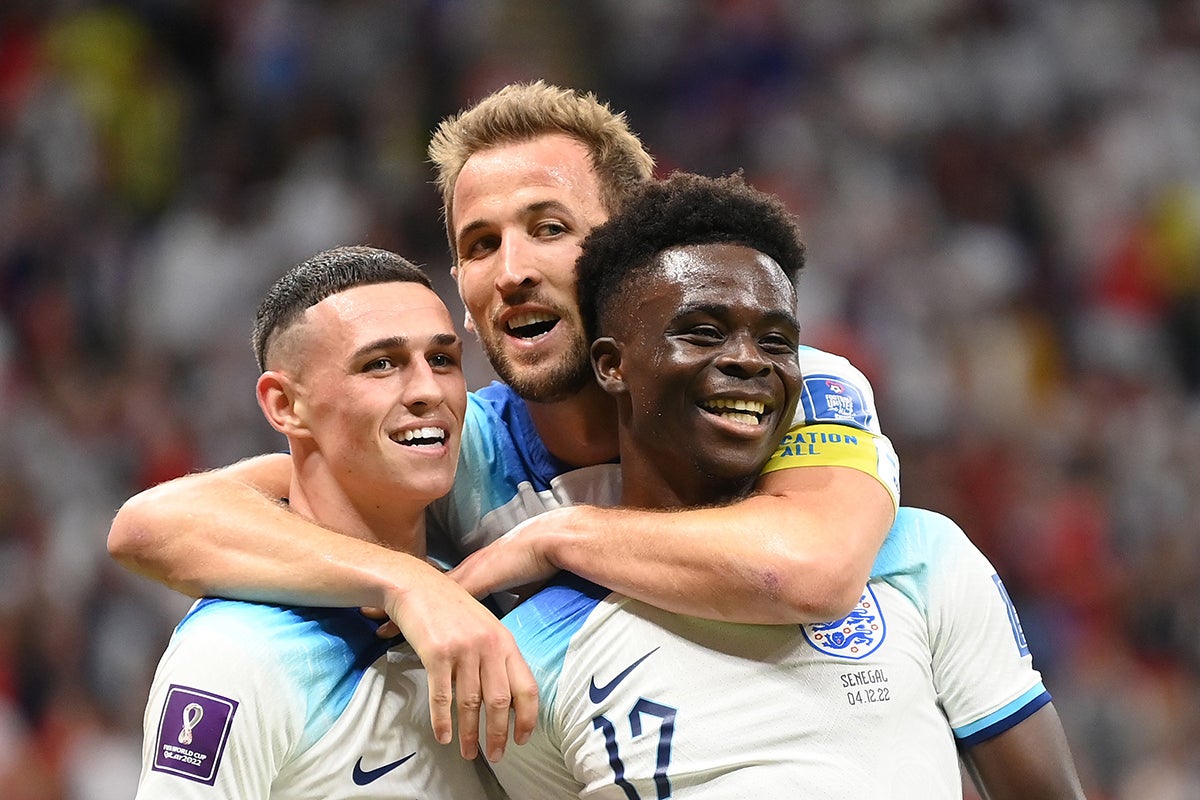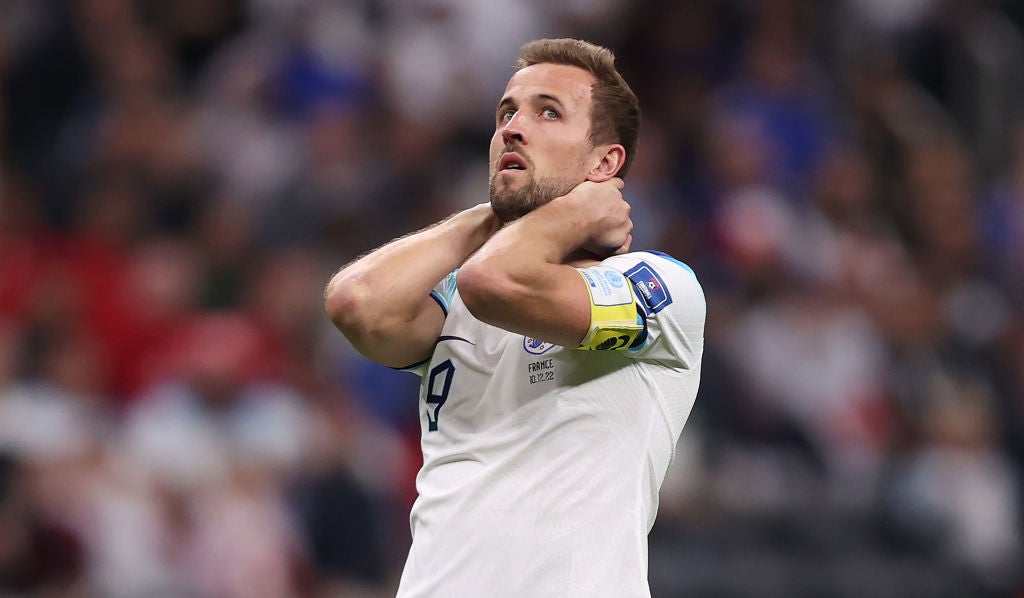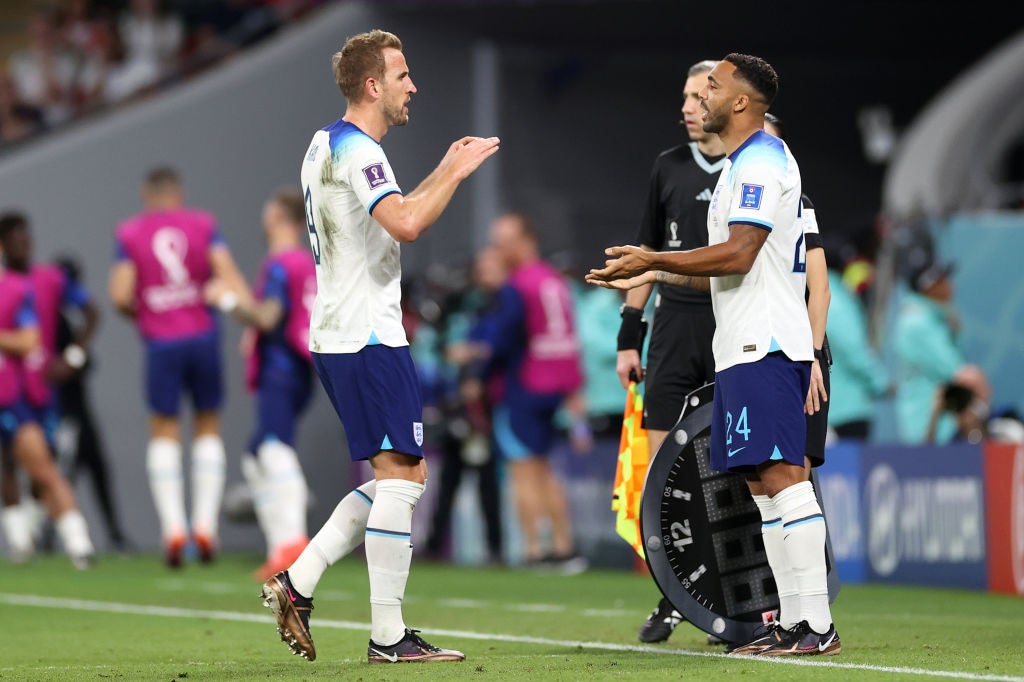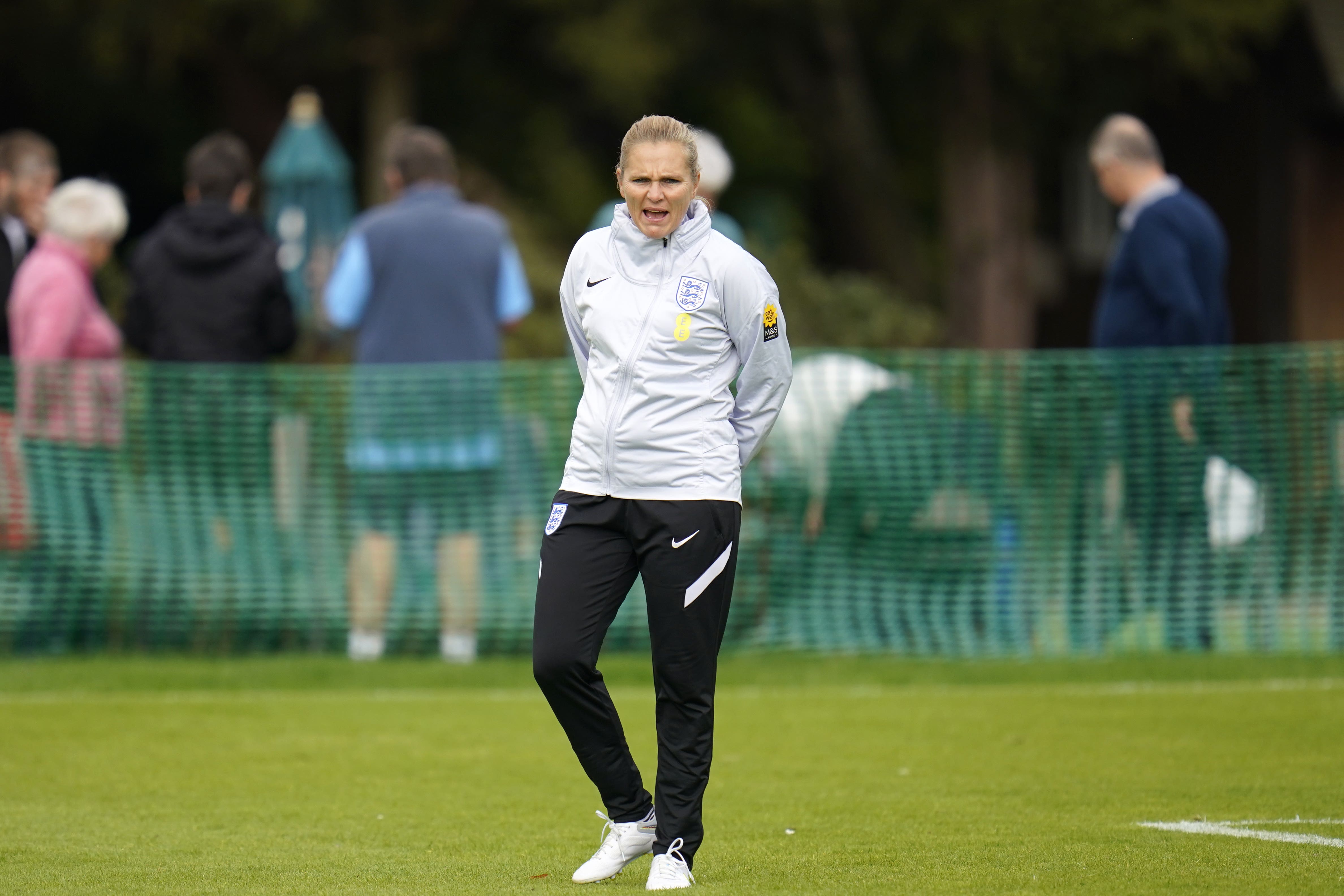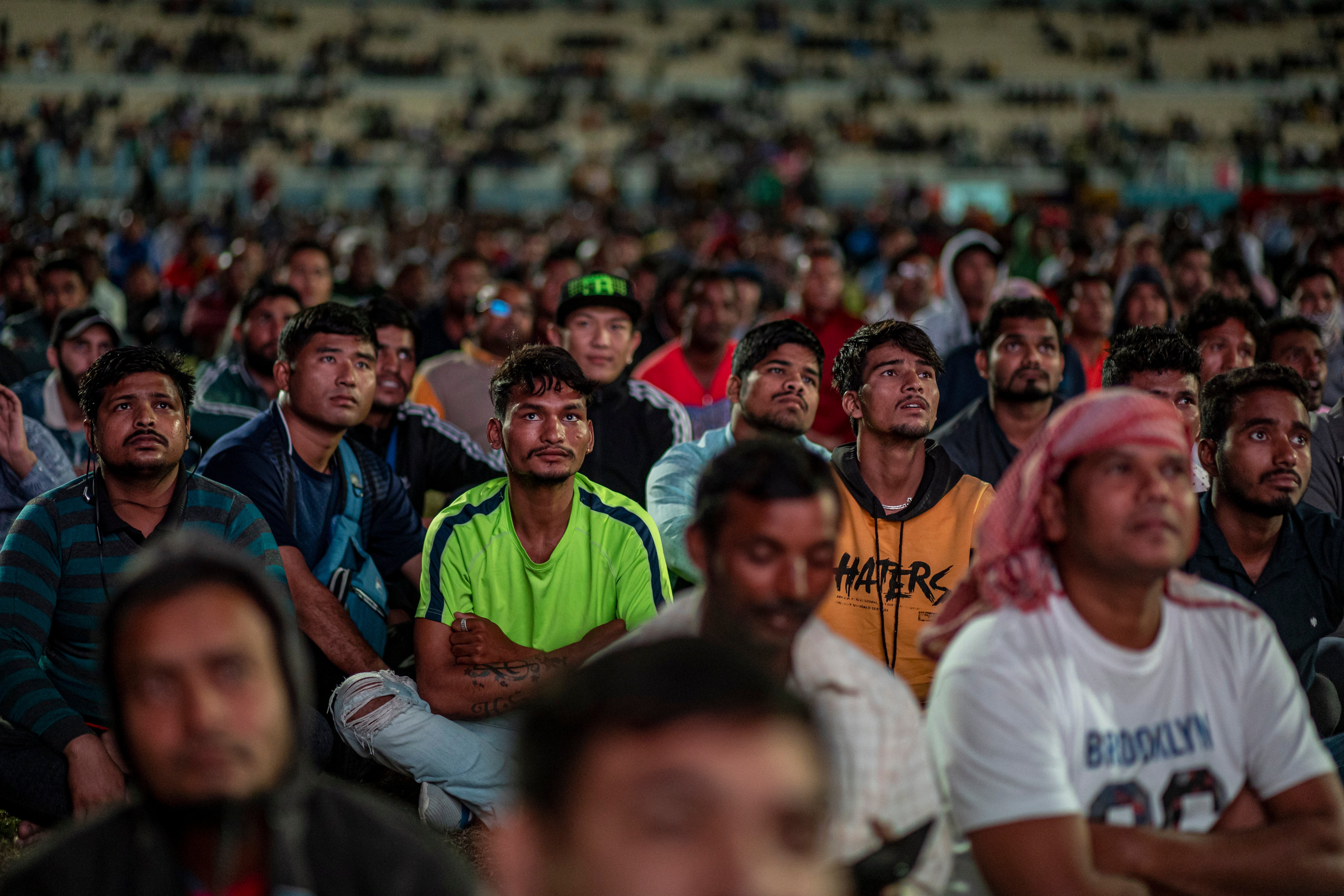Beyond Harry Kane: The striker-shaped hole in England’s next golden generation
That’s still three years younger than Olivier Giroud, whose header sent England home from Qatar. France’s all-time leading scorer is one of a dozen centre-forwards of some description at this World Cup to be aged 33 or older. And if Giroud’s abilities are only now being fully appreciated in the autumn of his career, practically all of the others could be described as established modern greats. For some, like Lionel Messi and Robert Lewandowski, that greatness is enduring.
Recommended
For others, this World Cup has proved to be the graveyard of their international careers. Luis Suarez and Edinson Cavani were part of a Uruguay side that was held back by accommodating their two stars in their dotage. Thomas Muller’s selection was a major point of contention amid Germany’s group stage exit. Gareth Bale, playing up front for Wales, appeared more a hindrance than a help. Then there is the oldest of them all, Cristiano Ronaldo.
There is every chance that Kane continues producing like Lewandowski or Giroud into his early-to-mid thirties. He has been nothing if not a consistent elite-level striker, after all. Since his breakout year at Tottenham Hotspur, he has averaged more than a goal every two games and often far more than that. Last season was the only time he has even threatened to drop below that benchmark due to an out-of-character finishing slump. Before the break for the World Cup, Kane was making up for lost goals with 12 in 15 league games.
Yet it is no secret that today’s Kane is not the same player seen at the start of the last World Cup, when he arrived in Russia after scoring 41 in 48 for Tottenham across all competitions, averaging more than five shots per-game. Such was his scoring prowess at the time, Kane did not even need to have a vintage individual tournament to leave with the Golden Boot. Compare that with a solid rather than spectacular 27 in 50 last season, from a player who now averages around three-and-a-half shots a game.
At a time when the modern game has gravitated towards the more traditional profile of centre-forward, Kane has moved in the opposite direction. At 29, he averages more touches in the middle third of the pitch than he did in the early part of his career. The drop-off in his shooting has been compensated for by an increase in progressive passes. It is not uncommon to witness him go looking for the ball rather than provide more of a fixed reference point for the attack, but the high-intensity bursts and sprints of old are a rarer sight.
None of this is news. It is a well-documented process that started more than three years ago during Jose Mourinho’s spell in charge of Tottenham, perhaps as a result of the ankle injuries that have pockmarked Kane’s career. The transition has arguably made him a better, more rounded player. The 2020-21 campaign – when it first came to light – was probably his best. Yet if Kane was a different player four-and-a-half years ago, who is to say he will not look very different again in another three-and-a-half? Succession planning for England’s captain, goalscorer and most important player only makes sense.
The problem is that few of the current alternatives stand out. Callum Wilson, Kane’s backup in Qatar, is already 30-years-old with a chequered injury history. Dominic Calvert-Lewin provided cover for Kane at the previous tournament but has struggled horribly for fitness since. Ivan Toney is still without an international cap to his name despite earning his first call-up in September and is arguably closer to the roaming profile of centre-forward that Kane has become rather than the hyper-prolific scorer he once was.
Perhaps the most well-rounded option is Tammy Abraham, who appeared to be Kane’s backup before a barren spell to start the season. At just 25, with the athleticism and physical attributes that are currently in vogue for centre-forwards and a relatively unblemished injury history, the England set-up will hope he rediscovers form. But then Abraham is far from the Kane of four years ago. His 27 goals in 53 games last season was a shade under Kane’s 27 in 50. That was Abraham’s best return in a single top-flight campaign. It was Kane’s worst.
Three and a half years is plenty of time for new talent to emerge, which is just as well, as few prospects are currently getting enough opportunities to earn an international call-up. Kane’s breakthrough came at 21. Leeds’ Sam Greenwood is the only English striker that age or under to earn more than two matches’ worth of Premier League minutes this season, with team-mate Joe Gelhardt not far behind. Liam Delap, Daniel Jebbison and Dane Scarlett were part of the Under-19 European Championship winners during the summer. They are spending their seasons on loan at Stoke City, Burton Albion and Portsmouth respectively.
Recommended
The early part of Kane’s career involved loans in the Championship and League One too and for all his potential then, few expected he would become England’s all-time leading goalscorer, as he surely will at some point in 2023. Player development is unpredictable in that way. There is always the chance of a young prospect suddenly exploding. Yet for all the near misses at major tournaments, England’s recent history can be measured out in elite centre-forwards, from Gary Lineker to Alan Shearer to Michael Owen to Wayne Rooney.
Kane will likely keep that lineage moving through at least a couple more tournament cycles but it is not immediately clear who will be next in line.
Source: Read Full Article
